10 Weeds That Look Like Grass (with Pictures)
-
Samantha Reed
- Last updated:
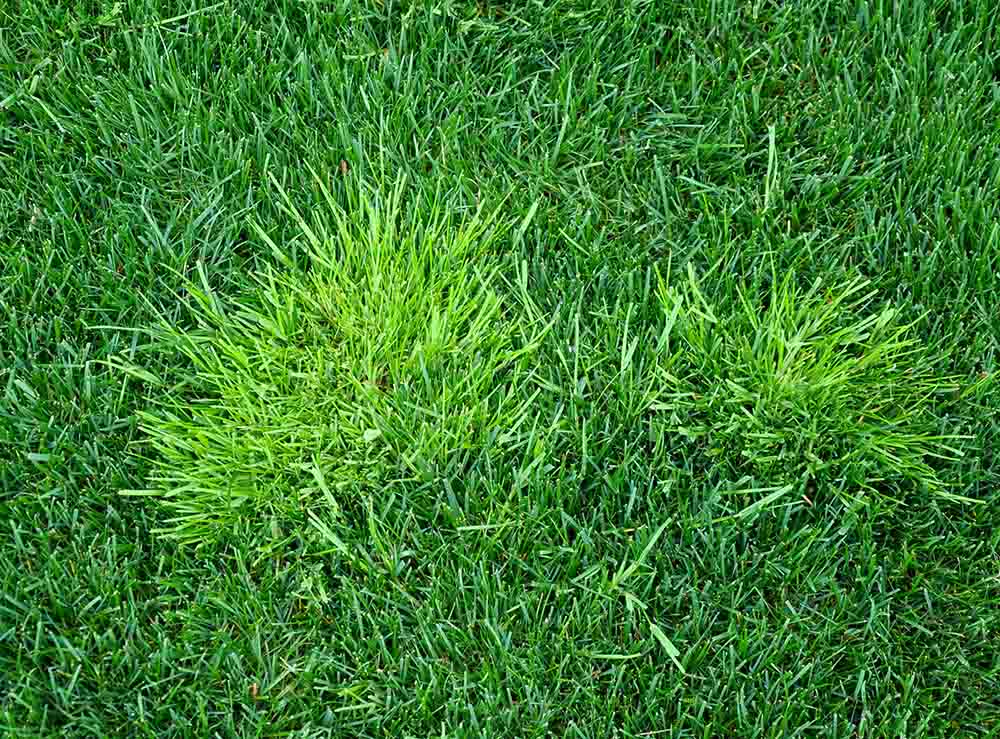
Anyone with a lawn knows the giant headache of discovering weeds sinking their claws into your grass. Even if we can tell they’re weeds, it doesn’t make them any less of a pesky problem. Eliminating weeds that blend in presents a unique problem. Weeds like Crabgrass and Common Couch create a uniquely tricky situation where you have to carefully assess the problem before you can just spray weed killer.
To solve this problem, we’ve compiled a list of invasive weeds so you can identify them and take control of your lawn. Let’s look at some of the most common weeds disguising themselves as grasses.

The 10 Types of Weeds That Look Like Grass
To stop weeds from taking over your lawn, you must kill them at the root, but how can you do that when they look similar to the grass?
1. Annual Bluegrass
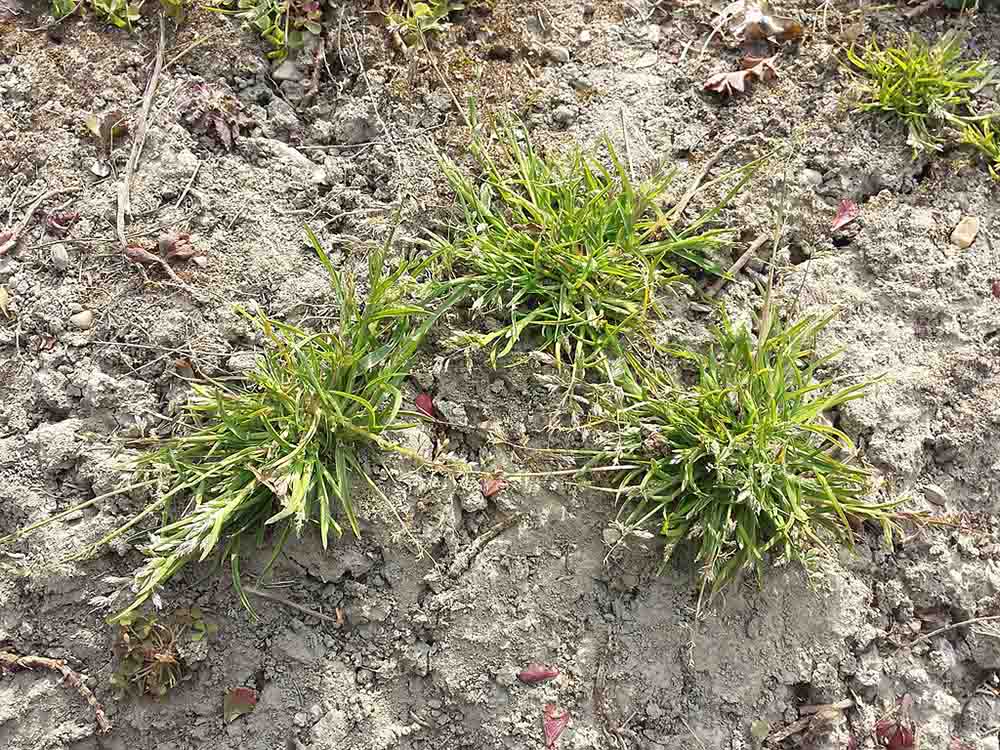
Annual Bluegrass is the first on our list because it is often mistaken for lawn grass. Because it is closely related to the desirable Kentucky Bluegrass, people often mistake it for grass. As with all grass family members, Annual Bluegrass has a canoe-shaped tip on its blades. However, you can tell it is Annual Bluegrass because of its brighter, lighter green color compared to standard lawn grass.
The species is a cold-season species, which congregates more in shady spots with excess moisture. If you notice bare patches in your yard, chances are you had some Annual Bluegrass hiding in plain sight as the rays from the sun dry the weed out.
The best way to get rid of Annual Bluegrass is to ensure you don’t create a habitat suitable for its growth. While it can be treated with pre- and post-emergent herbicides, your best bet is to prevent its development. If you have shady areas in your yard, trim the shrubs or trees until the grassy areas are also in direct sunlight.
2. Crabgrass
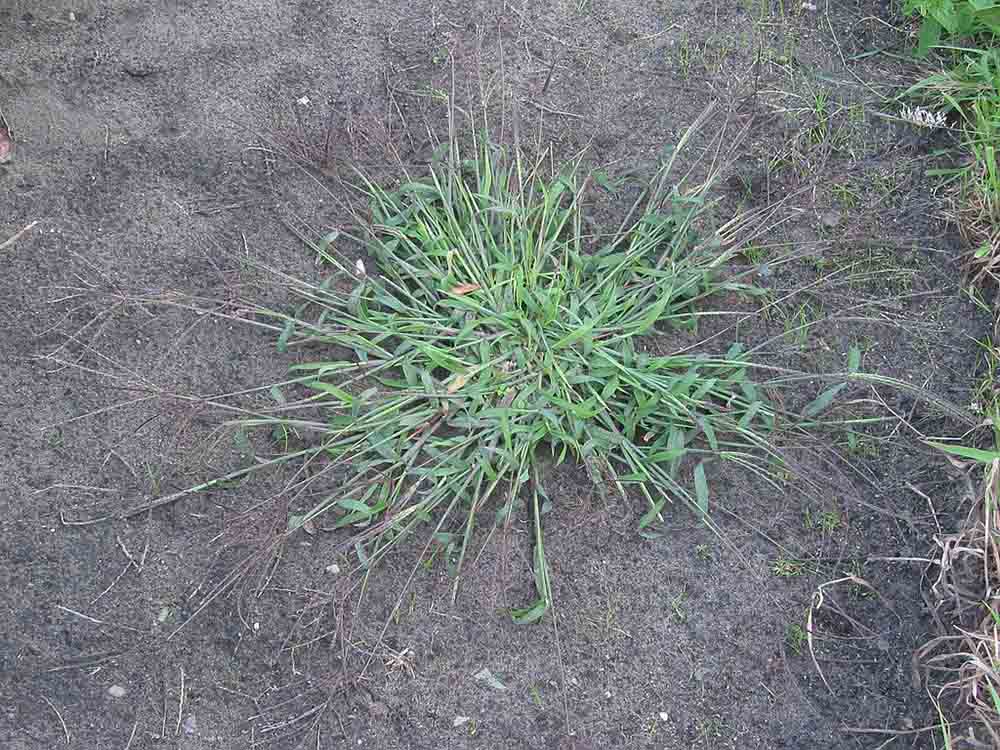
Crabgrass is everywhere and inescapable. No matter where you live, the stubborn weed is likely abundant.
You might think you can rejoice when you learn that Crabgrass is an annual plant that dies off yearly; however, each plant can produce over 150,000 seeds that will sprout every spring. Once its root system is established in your yard, it will grow quickly and aggressively.
Crabgrass will grow in large clumps, and while it looks similar to other grasses, it stands out as appearing much thicker. Unchecked Crabgrass can grow to be up to 2 feet long.
The best defense against Crabgrass is a good offense. Ensure you are properly fertilizing, watering, and draining your yard, so it is too dense for Crabgrass to invade. However, you can also eliminate Crabgrass with pre-emergent or post-emergent herbicides. If the seeds have developed, your best bet is to yank the plants out by the root before they can re-seed.
3. Carpetgrass
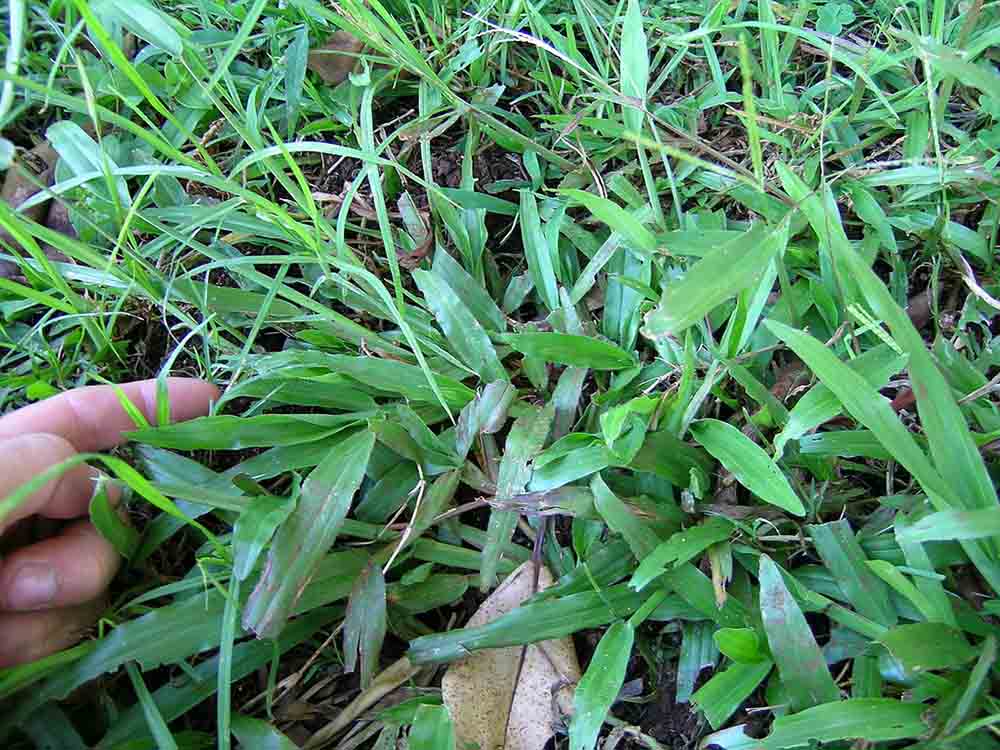
Carpetgrass is another perennial weed that can grow to be a foot tall or higher. It appears on your lawn in thick mats and is a standard green color like lawn grass. In the summer, it will look like Crabgrass, and its seedheads will be taller than the rest of the plant.
You are more likely to have this weed on your lawn if you have acidic soil and high moisture content. Carpetgrass also prefers shady areas that do not receive adequate sunlight since it allows moisture to build up in the soil.
Despite its thickness, you can control Carpetgrass through natural methods, and you don’t need the help of chemicals in herbicides to get rid of it. If you raise the pH levels in your soil, usually by adding lime or salt that was diluted into water, the Carpetgrass won’t be able to grow. Of course, you can pull it from the ground if you catch it early enough, but because it is a perennial weed, you need to make sure to get every last piece out of your soil, or it will regrow.
4. Tall Fescue
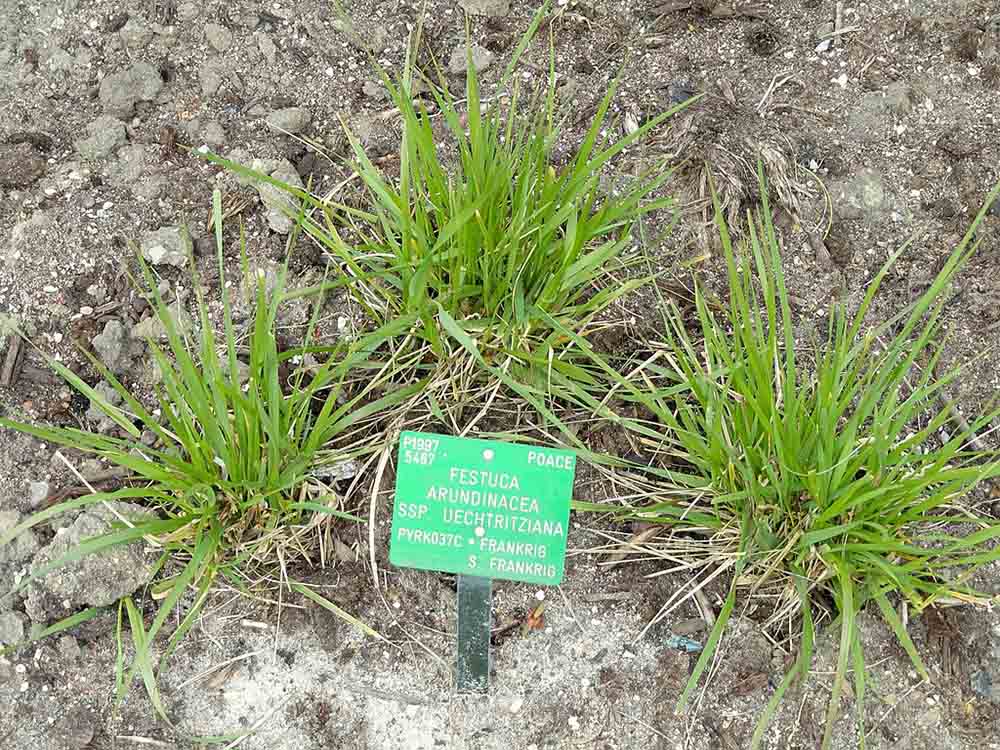
While Tall Fescue is a desirable grass on some lawns, we included it on our list because of its invasive properties. Much like Creeping Bentgrass, it can find its way into your yard without invitation and take over. Ironically, the reasons it is a desirable grass for some lawns are the very same reasons that make it a frightening foe.
The blades of Tall Fescue are distinctly thick and broad, and they often have pronounced veins along their length. The blades of the grass are a bright green, with an even lighter green on the lower surface.
Tall Fescue is a hardy plant that is very drought resistant, hence its popularity as a lawn grass. However, this same durability makes it such a problem if it has invaded your lawn. Once it shows up in your grass, it’s difficult to remove it. It is sturdy and spreads underground through its rootstocks rather than just at the surface level.
The good news is this: you can beat Tall Fescue’s invasion with natural means. The best way to get rid of the invasive plant is solarization. You’ll cover the weeds with black plastic and allow the heat, lack of sunlight, and oxygen to wipe the Tall Fescue out.
5. Yellow Nutsedge

Yellow Nutsedge will reappear to attack your property each season. It can invade your lawn from the surface and underground, making it a double threat. Its seeds are spread above the ground, and its tubers develop below the soil’s surface.
Its appearance changes as it ages. When young, Yellow Nutsedge has light green grass blades. The weed deepens to a darker green as it ages, making it difficult to identify among your lawn grasses. However, you can locate Yellow Nutsedge by examining the roots. Yellow Nutsedge’s roots have nut-shaped tubers growing from them – hence its name. You can easily identify the weed if these are present.
The best way to ensure Yellow Nutsedge doesn’t invade is to maintain a healthy lawn. A nourished lawn won’t provide the weed the space it needs to reproduce. If you follow standard lawn maintenance practices, your property will be fine.
If Yellow Nutsedge appears on your lawn, the best way to get rid of it is hefty doses of post-emergent herbicides. If you pull the weed, you risk causing more problems because leaving even the smallest piece inside your soil can cause a repeat emergence.
6. Green Foxtail
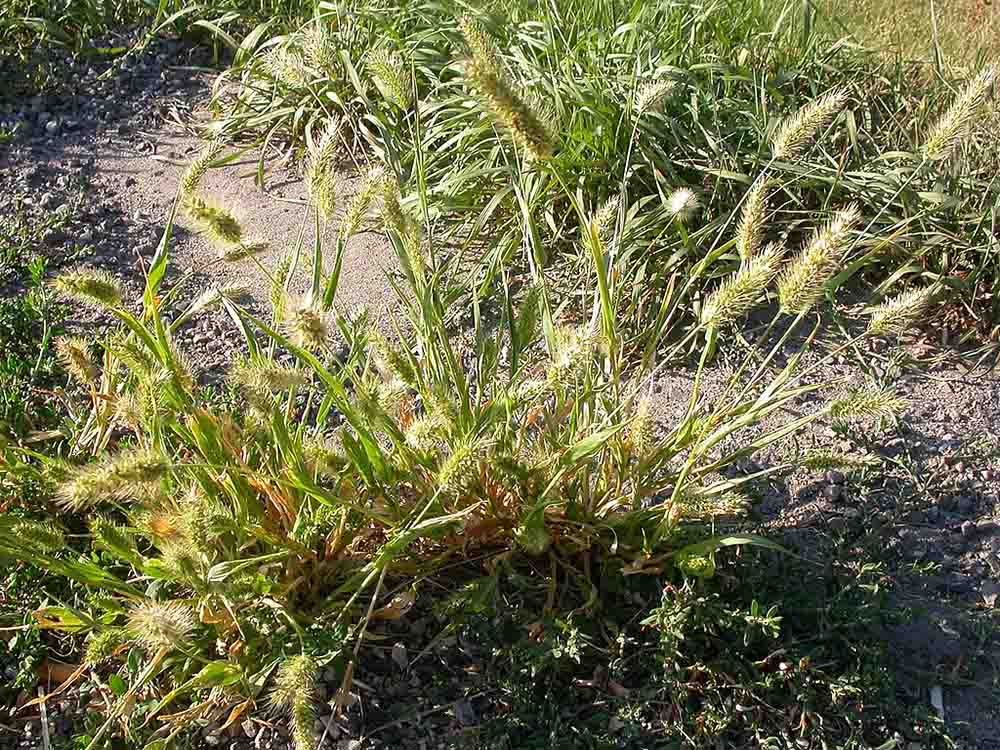
Green Foxtail is an annual weed that is difficult to identify before it grows its seedhead. You may be wondering what a seedhead is; it’s the part of the plant that gave it its name—when it’s fully grown, the plant looks like a fox’s tail. The piece resembling a tail is the seedhead, and it can produce hundreds of seeds that spread.
Before the seedhead forms, the Green Foxtail is difficult to identify because it is shaped like normal grass and has a typical green color.
Luckily with Green Foxtail, you can control it by pulling it out by the root. You will have to remove it before it goes to seed, but it is incredibly difficult because it looks similar to your regular grass. If it is already seeding, you should pull the plant from the soil and use a pre-emergent herbicide.
However, if your invasion of Green Foxtail is too large to pull out at the root, you can use a post-emergent herbicide to kill the plant. You then must treat the soil with a pre-emergent herbicide to prevent it from regrowing.
7. Creeping Bentgrass
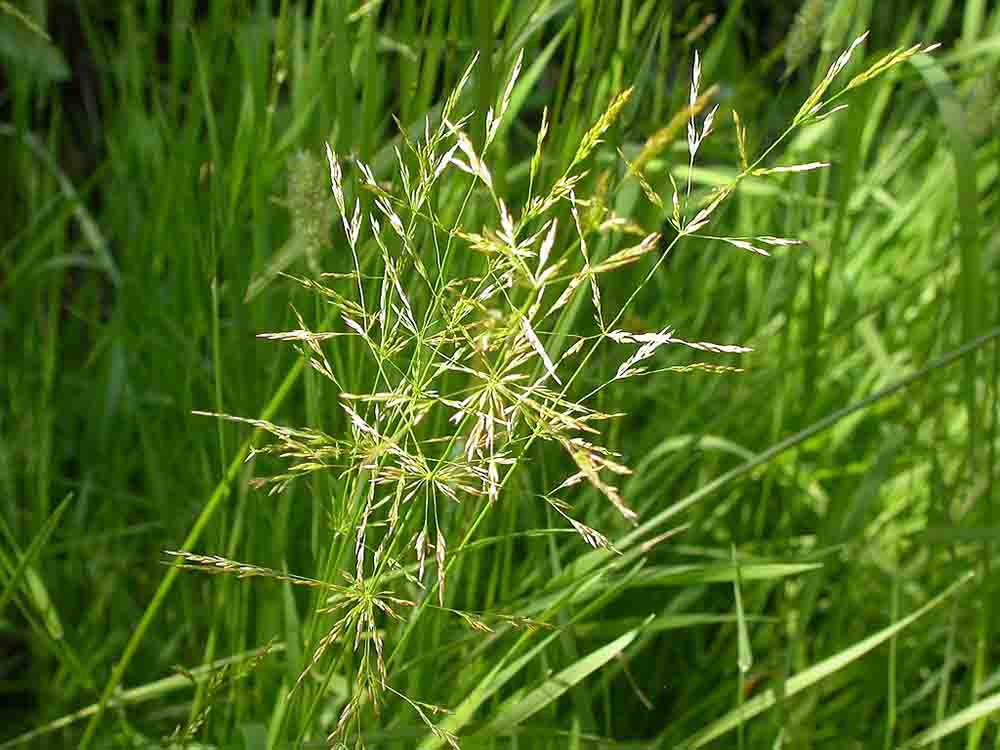
Unlike the other weeds on our list, Creeping Bentgrass is planted intentionally but not in your yard. Creeping Bentgrass is common on fairways and manicured golf courses, but it can spread to your lawn and garden if you live close by. It is light green and thinner than your standard lawn grass, but if it grows taller than an inch, it can start to look swollen.
Creeping Bentgrass spreads beneath the soil’s surface. Spot treating is very difficult because the spread is larger than it appears on the surface. Once the weeds are established, they are tough to eradicate. You either have to remove the grass and reseed it or let the Creeping Bentgrass grow and use an herbicide containing glyphosate. However, using the chemical during the weed’s early life cycle is better.
8. Common Couch
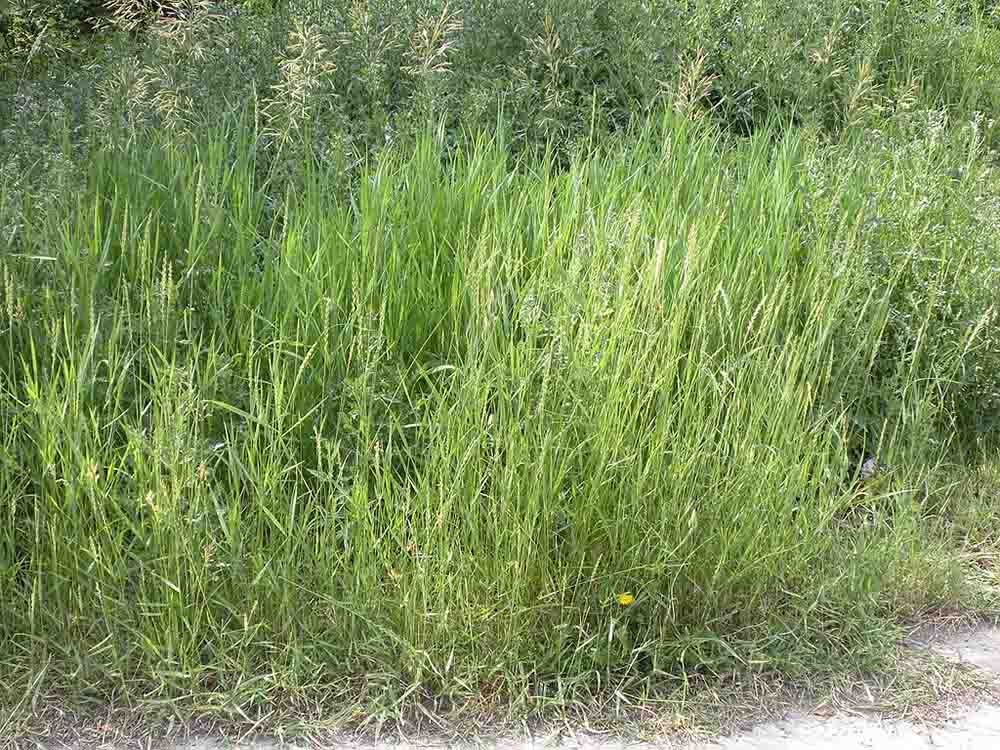
Also known as Couch grass or Quack grass, Common Couch is a nasty weed that is comfortable growing in shade and direct sunlight. It is also spread underground through its roots and above ground in its seeds. Catching it early is your best chance at saving your lawn because once it establishes its roots, it becomes increasingly more difficult to remove entirely from your yard.
You can find Common Couch in patches on your lawn. You can identify it by its coarse texture and blue-green color, though it can still be hard to distinguish from your standard lawn grass. You can tell it is Couch grass because the blades of the weeds look like fingers, and the finger-like edges also wrap around the stem of the base plant when growing.
If left unchecked, Common Couch will overtake your lawn. Unhealthy lawns are the perfect victim for the weed as it makes its home primarily in areas that are thinned out and bare. You can pull Couch grass out, but you must ensure that every part of the plant is removed from the soil.
Otherwise, it can regenerate. If you want to try the chemical route, you will need both pre-emergent and post-emergent herbicides to destroy the hardy root system in your soil. If you have a vibrant and healthy lawn, Couch grass cannot grow and won’t have any space to invade.
9. Smooth Bromegrass
Like Common Couch, Smooth Bromegrass is a perennial that can spread through its rootstocks or seeds. Also, like Couch grass, Smooth Bromegrass’ root system is tough to eradicate once it establishes itself in your lawn or garden.
If left unchecked, Smooth Bromegrass can grow up to 7 feet wide, and its blades can range between 8 inches or even 2 feet long. The blades of a Smooth Bromegrass weed droop downwards and are covered by fine hairs on both sides. The plant is light green but can also appear in regular grass green.
You can control this giant by keeping it cut short. Regular mowing will help keep it from growing to its full potential. Eventually, your actual lawn grass will crowd it out, and you won’t have to resort to chemical warfare. However, if the weed has spread, you must use a robust pre-emergent herbicide to stop it from spreading further.
10. Johnsongrass

Last on our list is Johnsongrass, another perennial weed, but this one is relatively easy to identify and control. Johnsongrass resembles the seedlings of a corn plan; however, if left unchecked, it can grow to heights over 7 feet.
When matured, the seedhead starts green and becomes a deeper purplish color. If looking for Johnsongrass, you can identify it as it develops on your lawn. Its leaves grow an inch thick and will have a distinctive white vein running down the middle of each blade.
Controlling Johnsongrass has two methods: the hard way and the easy way. The easier method of eradicating Johnsongrass is to cover the entire plant with highly concentrated vinegar. You have to be careful about where you spray because it will kill anything it comes into contact with. The hard way is usually reserved for large-scale Johnsongrass invasions. To fully kill off the Johnsongrass, you need to expose the rootstock by tilling the soil and exposing them to cold air to kill them off.

Weeds in Disguise
Weeds that look like our common lawn grass are easily mistaken, and identifying the type of weed you are dealing with is critical to controlling them. Once you know what is invading your yard or garden, you can choose your next course of action. Whether you use chemical herbicides or natural methods like cold weather to eliminate pesky weeds, identifying the invader is always the first step.
Featured Image Credit: Stephen VanHorn, Shutterstock
Contents